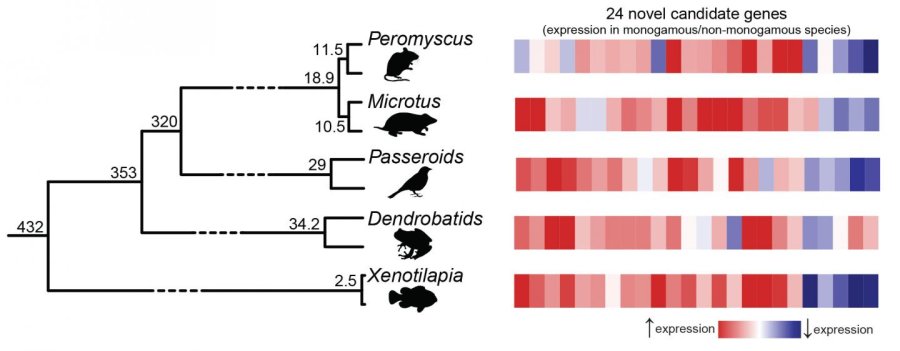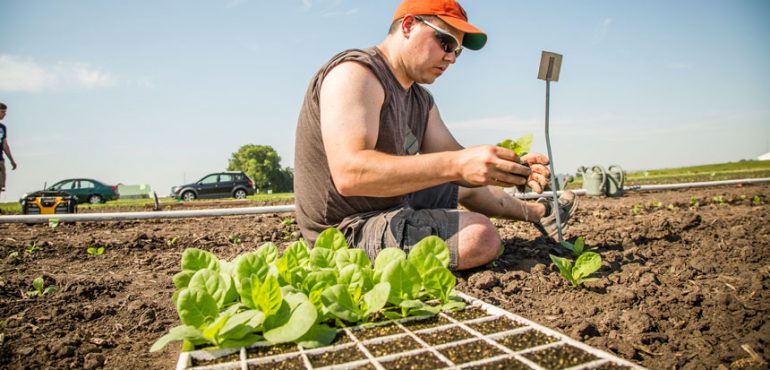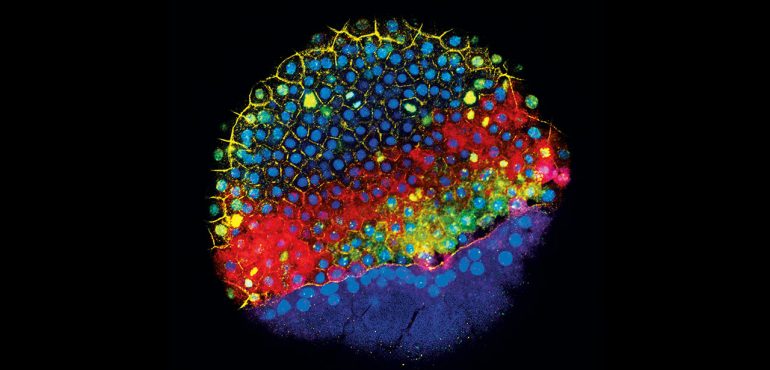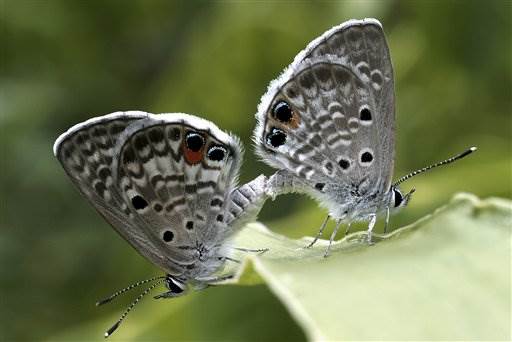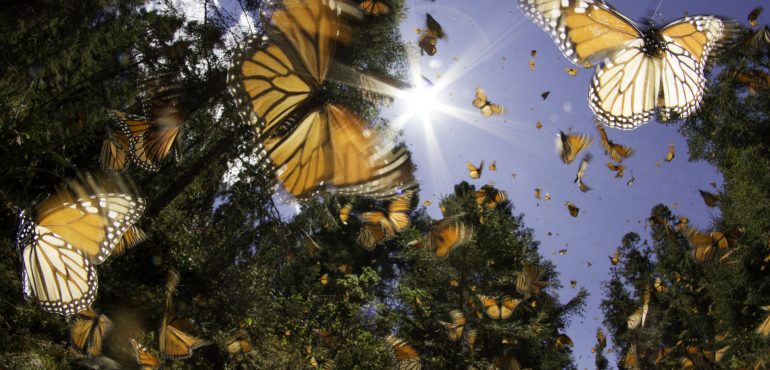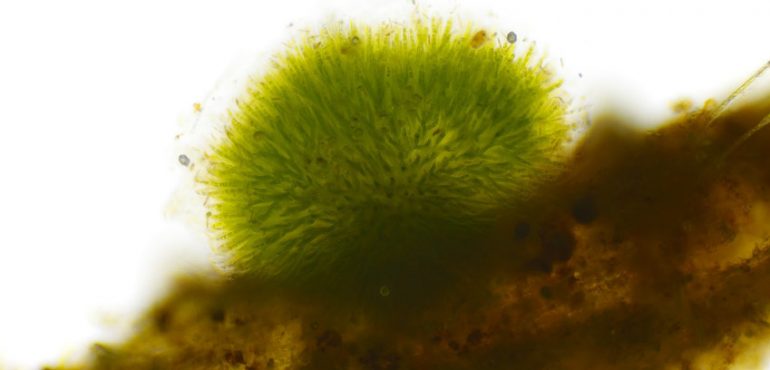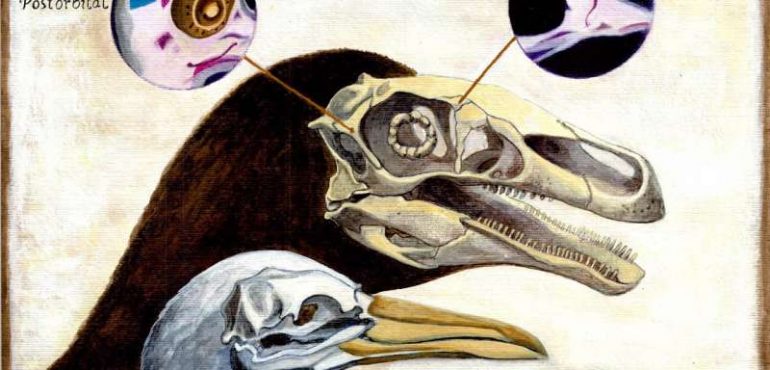Why are some animals committed to their mates and others are not? According to a new study led by researchers at The University of Texas at Austin that looked at 10 species of vertebrates, evolution used a kind of universal formula for turning non-monogamous species into monogamous species -- turning up the activity of some…
Read more
Evolution used same genetic formula to turn animals monogamous
